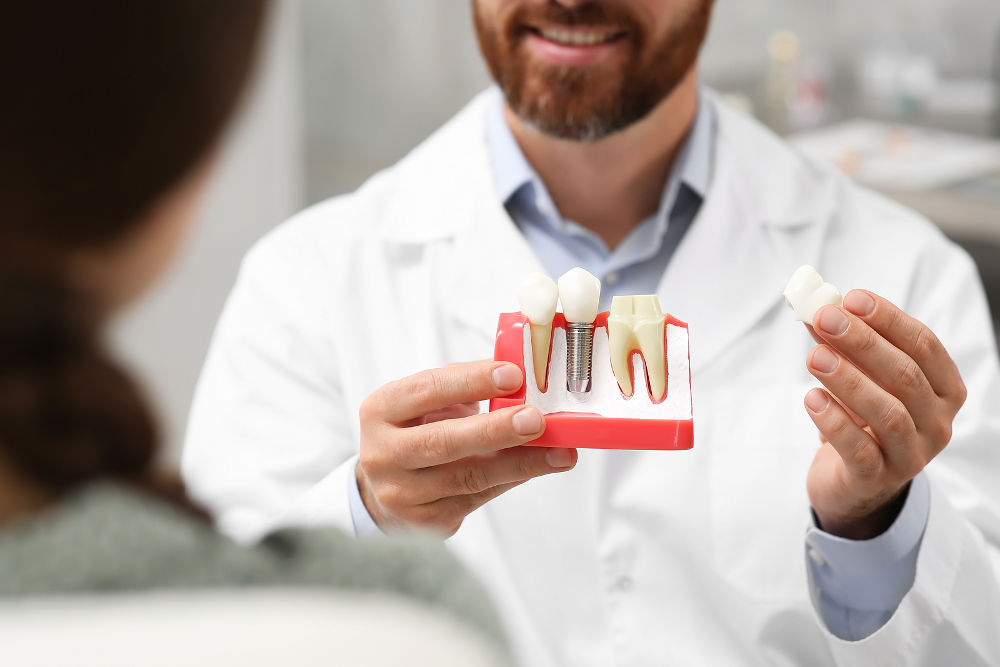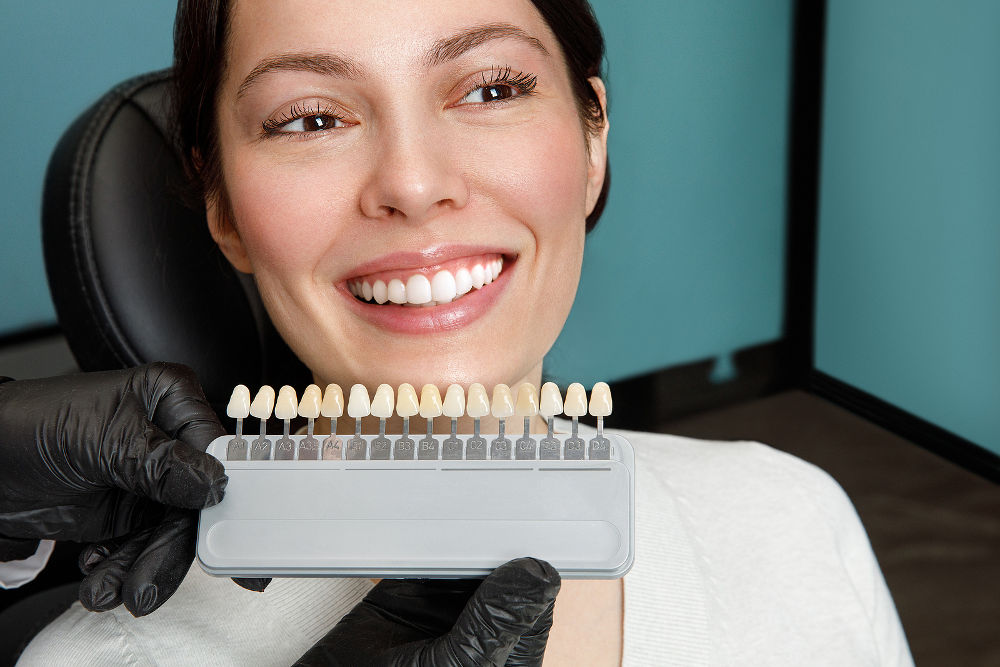Dental implants have become an increasingly accessible solution for tooth loss and as such have become popular with patients across the world.
Frequently considered a modern invention, the history and evolution of dental implants start much further back than you might assume – with specialist providers now using this as a springboard for innovation.
So, how have dental implants evolved and what do advanced techniques look like now?
Dental implants in history
The earliest recorded use of dental implants in one form or another to replace missing teeth has been noted as far back as 2,500 BC, starting with the Ancient Egyptians.
Ancient Egypt
This most ancient civilisation has records of using ligature wires made from gold to stabilise teeth that are coming loose from the gums, described as periodontally involved.
This gave teeth that had been lost the ability to be wired back into the jaw, alongside remaining teeth.
The Ancient Egyptians also frequently completed common dental procedures like treating and draining abscesses, extracting teeth, and pioneering early mouthwashes to treat dental diseases.

The Etruscans
The Etruscan civilisation could be found in many regions in ancient Italy, in around 500-900 BC.
Though relatively short-lived, falling to Rome in the late 4th century BC, the Etruscan people also used a variety of methods to stabilise, reimplant, or replace missing teeth, by using gold to create bridges and ligatures that held replacement missing teeth made with bovine bones.
The Phoenicians
Found in modern-day Lebanon, the Phoenicians also used golden ligatures to add dental implants to the mouth but predominantly used ivory instead of oxen bones – as far back as 300 AD.
The Mayans
One of the most popular ancient civilisations, the Mayans, also used natural materials as tooth replacing dental implants, but preferred to use pieces of shells.
Despite being used by people in around 600 AD, modern scans of Mayan mandibles found compact bone formation had occurred around the shells – displaying the process of osseointegration thousands of years earlier than you might have expected!
Early Honduran cultures
In a similar part of the world as the Mayans, early Honduran people preferred to use stone for dental implants in around 800 AD – showcasing the preference for naturally occurring durable materials as tooth replacements within ancient cultures.

Dental implants in recent history
While tooth stabilisation and replacement no doubt occurred in the years between 800 and 1700 AD, there is little recorded evidence until European records from about the late 1500s onwards.
The 1500s
From the 1500s, teeth were frequently stolen from cadavers or bought from the underprivileged for use in allotransplantation – reimplantation from one human to another.
This was perhaps best exemplified by Ambroise Pare, a French doctor who removed the tooth of the French princess and transplanted one from one of her ladies-in-waiting! Evidence suggests she was able to successfully use the tooth for many years!
The 1700s
The slightly shady Dr John Hunter worked as a resurrectionist and frequently robbed graves of their corpses to study human dental anatomy in the 1700s.
During this time, he suggested allotransplantation – from one human to another – and tested his ideas by embedding an immature tooth into the comb of a rooster – where it successfully took root and flourished.
The 1800s
In later centuries, a whole host of substances were used to attempt dental implants, including silver, gold, corrugated porcelain, and iridium – but they didn’t always work.
In 1809, J Maggiolo used a gold implant tube and later added a crown but due to excessive inflammation, was not usable.

The 1900s and beyond
The 18th century and beyond was much more successful, with advances that no doubt paved the way for the modern dental implants that we know today.
Notable advances included:
- Drs Alvin and Moses Strock in the 1930s – used Vitallium (chromium-cobalt alloy) to create orthopaedic screws and trialled them in both humans and dogs to restore missing teeth.
- Dr P.B Adams in 1938 – who patented the cylindrical endosseous implant that was threaded both internally and externally, allowing bone to grow onto the metal.
- Dr Leonard Linkow in 1963 – who used Adams’ work and made variations of the implant, changing the basic spiral into a flat plate, making it suitable for use in the mandible and the maxilla.
- Dr. P. Brånemark in 1978 – who presented a two-stage threaded titanium root-form implant, bringing in the concept of osseointegration.
Later advancements included adding surface coatings to established dental implants themselves, to promote bone apposition and healing and now use a variety of materials, all of which are biocompatible and further encourage osseointegration.
How modern implant centres are revolutionising dental implants
Modern dental implant centres, like London’s leading Marylebone Implant Centre, now strategise their advancements, all of which are designed to make dental implants possible for more patients – even if they have complex cases.
These advancements include:
Practicing bone grafting
For patients without sufficient bone quantity or quality, bone grafting is a minor surgical procedure that tops up bone levels and encourages the body to create more bone cells in the grafted area.
Completing sinus lifts
If the Maxillary Sinus is too large, dental implants can’t be fitted without causing pain and injury. As such, sinus lifts and bone grafting can be completed in the same session if necessary to prepare the mouth for dental implants.
Fitting zygomatic implants
Fixing implants in the Zygomatic region is notoriously intricate and is most often used in complex cases where patients don’t have sufficient bone. To work around this, implantologists will place a longer implant in the cheekbone to make use of the extra bone and create a secure foundation.
Find dental implants in London
Whether you have what implantologists refer to as a complex case or you simply want experienced specialists to help restore your bite and revitalise your smile, look for providers with the right credentials to help you.
It’s the only way to ensure your dental implant journey ends as you hope.






















